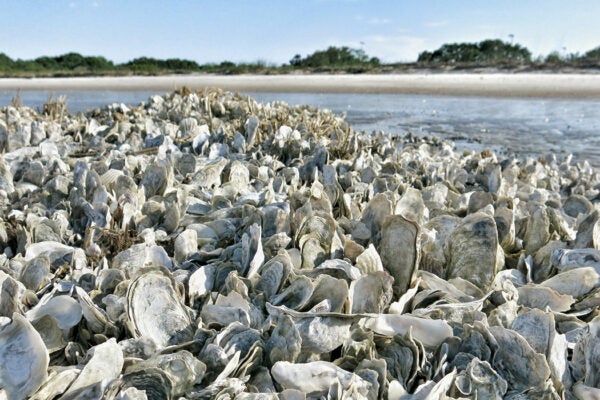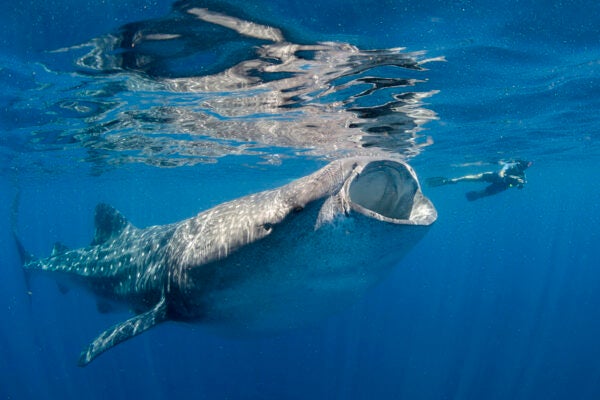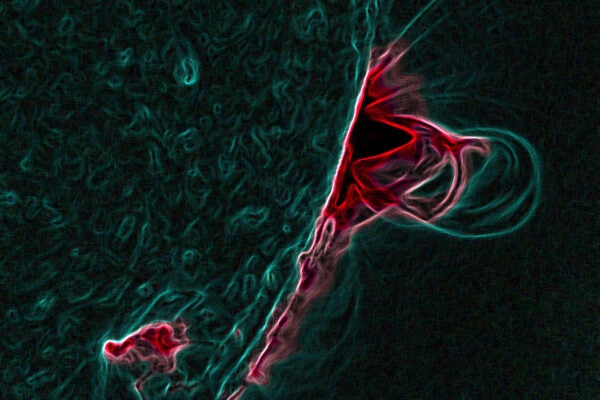Deep in a South African cave, a cramped chamber has yielded fossils of a previously unknown human ancestor. The lead researcher, Lee Berger, knew he could never fit through the 17-inch-wide opening to the chamber where the fossils were first spotted, so after sending his son in to reconnoiter, he put out an ad for help. Six brave and slender women (given how small the opening, their size was important) answered the call to climb into the narrow cave. Working in hellish conditions, the six unearthed an incredible find—parts of at least 15 individuals of a completely unknown species, dubbed Homo naledi.
Caves turn out to be a good place to look for fossilized hominids. A 2007 study describes a large assemblage of unknown australopithecine (a very early human ancestor) and primate bones from a different South African cave in Sterkfontein. These bones were probably dragged there by predators, and perhaps some washed in from outside. The predators were busy—it took eight years to excavate all the specimens. The find was especially valuable in providing more information about the climate and environment of the time.
The Sterkfontein find is more typical of cave discoveries, when ancient humans or their ancestors either went willingly or were carried into the cave. The barely accessible location of the latest find rules out predators, and there were no signs of habitation. That has led to speculation that H. naledi may have used the cave to deliberately dispose of its dead—a decision that would scuttle the attention of dangerous scavengers looking for food and explain the near-perfect preservation of the fossils.
The sheer volume of specimens is very unusual, and allows for a more in-depth description of H. naledi than is typical for newly discovered human ancestors. Far more typical is a description based on a single jaw or foot. A partial foot fossil unearthed in Ethiopia belonged to an unknown species that was adapted more to climbing than walking, but that is about all that is known. Most interesting is that the species lived during the same period as the bipedal Australopithecus afarensis (Lucy), suggesting that multiple species of early human ancestors may have coexisted together.
The remote cave did a great job of preserving the new fossil trove— only a fraction of the fossils have been excavated, so there may be even more impressive finds still to be unearthed. The downside is that the fossils were lying on the cave floor, so they have no geological context— the only confirmed information about H. naledi’s age is that they are younger than the cave. The lack of context does not detract from this incredible discovery, but it does make it harder to figure out H. naledi’s exact place in the human family tree, which clearly has more branches than we realized.







